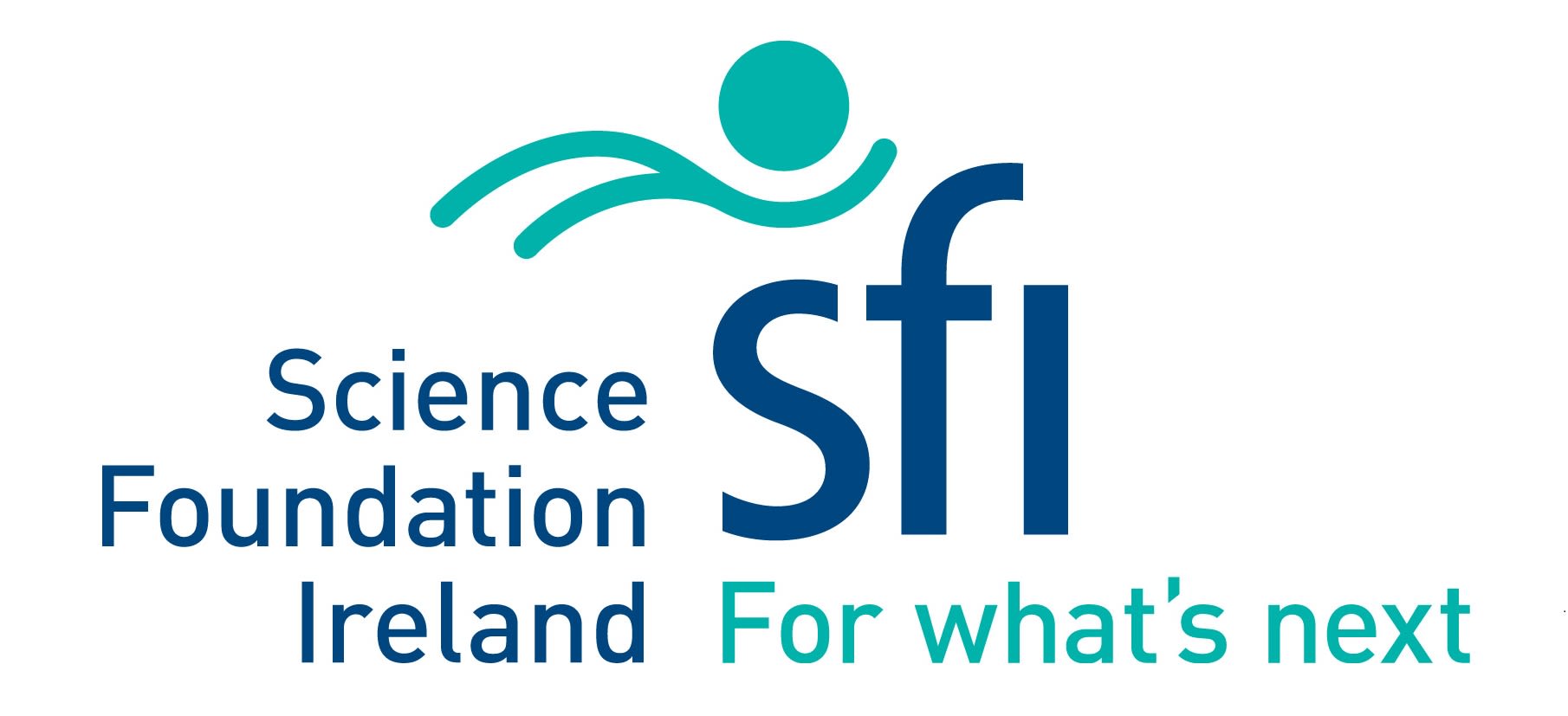Digital Responsibility Projects

EU Funding

Rosetta
At a glance:
- €3.6 million
- 5 years (starting 2024)
- PI: Kieran Conboy
Abstract:
There is no doubt we live in a heavily digitised and accelerated world. Mobile devices, social media, analytics, AI, blockchain, cloud, and an avalanche of new technologies continually emerge claiming to allow us to do things faster, to increase productivity while leaving more time for relaxation, family and social activities. However, the reality is very different. People are busier, productivity is lower and technology-induced mental health and stress issues in children and adults of all ages are at an all-time high. The true impact of technology on the usage of our time is poorly understood, often assumed and rarely examined in a holistic, interdisciplinary way.
To address this challenge, the group at Lero in Galway have obtained ‹3.6m funding for a Marie Curie project called ROSETTA (RespOnSiblE Time & Tech in an Accelerated Digitised World) research training programme proposes a transformative agenda to address the grand challenge of the impact of technology on the usage of our time. ROSETTA will implement a 60-month research training programme for 19 postdoctoral fellowships over a 2-year period. This project due to funding from the EU, Lero and the College of Business, Public Policy and Law at University of Galway
National Funding

Creating Digital Platforms with Inner Source
At a glance:
- PI: Lorraine Morgan
The research demonstrates how the growing trend of ‘Inner Source’ (adopting internal opensource/crowdsourcing practices within large organizations) can help companies become more platform-based. Just as crowdsourcing grew from the open-source software movement to expand beyond software development, Inner Source has expanded from its initial software-focus[i]. This is because the introduction of open internal repositories and communication channels creates a natural foundation for sharing other kinds of knowledge and expertise, and promoting innovation, transparency, communication and cooperation across teams[ii]. Indeed, the growing trend of ‘inner source’ provides a practical path to becoming a digital platform business - if a company can build business, data, and software components that are easy to share, integrate, and extend within the company, those components will also be easy to share, integrate, and extend outside the company. The research will adopt a comparative case study approach, focusing on organisations that established successful digital platforms. This will enable an exploration of the extent to which Inner Source helped develop the platform, the types of challenges faced, and how they were mitigated.
[i] Lorraine Morgan, Joseph Feller, and Patrick Finnegan. “Exploring inner source as a form of intra-organisational open innovation,” European Conference on Information Systems (2011), Helsinki, Finland.
[ii] Maximilian Capraro and Dirk Riehle. "Inner source definition, benefits, and challenges." ACM Computing Surveys (CSUR) 49/4 (2016): 1-36.
Internal Funding
Social Acceptance of Video-Based Traffic Sensors
At a Glance:
- Duration: 8 months
- PI: Pierangelo Rosati
Abstract:
This project is currently ongoing and has received funding from Lero and the CBPPL (research support funding) and aims to understand the antecedents of social acceptance of traffic sensors that use computer vision. These sensors are key enabler of the implementation of traffic management systems that allows local authorities to optimise of the urban infrastructure is used and therefore contribute to the reduction of carbon emissions. This project relates to UN SDGs 11 and 13.
Other Projects
Examining the structural relationships among passion, harm minimization tools, and consequences of mobile sports betting.
At a Glance:
- PI: Professor Eoin Whelan
Abstract:
The popularity of mobile gambling has grown globally in parallel with the increased power and prevalence of smartphones and mobile Internet access. We therefore have a duty, as behavioral addiction scholars, to examine this phenomenon as a means to reduce its potential harms and increase its benefits. Most mobile gambling apps are required to provide users with direct and indirect harm minimization tools which are IT tools designed to help prevent harmful gambling activity. Direct tools restrict gambling activity (e.g., deposit limits, cooling-off periods) while indirect tools provide information on the user’s gambling trends and indirectly influence activity (e.g., account history statements, reality check notifications). Research investigating the impact of gambling harm minimization tools on mobile gambling is limited. Drawing from the dualistic model of passion, we develop and test a research model positing how direct and indirect harm minimization tools moderate the relationship between different passions for mobile gambling and the outcomes of vitality and discontinuance intentions. Data collected from 493 mobile sports gamblers over two waves suggest that digital gambling harm minimization tools are only partially effective. Indirect harm minimization features dampen the negative effect of an obsessive passion for mobile gambling on vitality. Harmoniously passionate mobile gamblers are less likely to discontinue using gambling apps when they engage with direct harm minimization features.
Teenagers and social media - How do teenagers use social media to cope with the stresses of daily school life, and what effect these coping mechanisms have on their wellbeing.
At a Glance:
- Funded by: Fulbright Commission
- PI: Professor Eoin Whelan
Abstract:
As the use of social media by teenagers is almost universal, its impact on their well-being has become an important societal concern. While a multitude of empirical studies have examined the effects of social media use on the well-being of teenagers, conflicting findings and interpretations permeate throughout the literature. This lack of consensus in our knowledge has been attributed to the predominate cross-sectional evidence base which typically examines across-the-board between-person differences. Addressing calls to overcome such weaknesses, this study adopts the registered report model and daily diary method to investigate the within-person effects of social media use on teenagers in a specific context. Integrating the stressor-detachment model with stress coping theory, we investigate how the use of social media to cope with the stresses of school impacts psychological detachment from school and well-being. Ultimately, our study will enable us to reveal the ways which teenagers can use social media as a coping mechanism to detach from the stresses of school and protect their well-being. Equally important, this study can also reveal the ways in which using social media to cope interacts with school-related stressors to have a detrimental impact on the well-being of teenagers and should be avoided.
Do certain web conferencing platform features contribute to stress, fatigue, and attention deficits more than others? A neurophysiological study.
At a Glance:
- Funded by: Cisco Research/Silicon Valley Community Partnership
- PI: Professor Eoin Whelan
Abstract:
The use of web conferencing platforms, such as Webex, has risen dramatic during the Covid-19 pandemic allowing many businesses to continue to operate and people to socialise. However, it has also been widely reported that the extensive use of such platforms has taken a toll on users. Recent studies indicate that user engagement with certain web conferencing features (e.g. mirror images, user presence display, meeting recording, display layout) generates stress and fatigue. To extend these preliminary insights, this project will conduct a series of neurophysiological experiments to determine under what conditions does the use of different web conferencing features generate stress and fatigue in users, and what are the effects on a user’s ability to restore their attention. These findings can inform the design of web conferencing platforms to limit the negative impacts on user wellbeing.
Previous Projects
Digital town readiness assessment
- (PI: Pierangelo Rosati)
- This project was funded by the Department of Rural and Community Development (DRCD) and aimed at assessing the digital readiness of 26 rural towns across the country. The output of the assessment have informed the town regeneration plan of these towns. This project is linked to UN SDGs 8 and 11.

